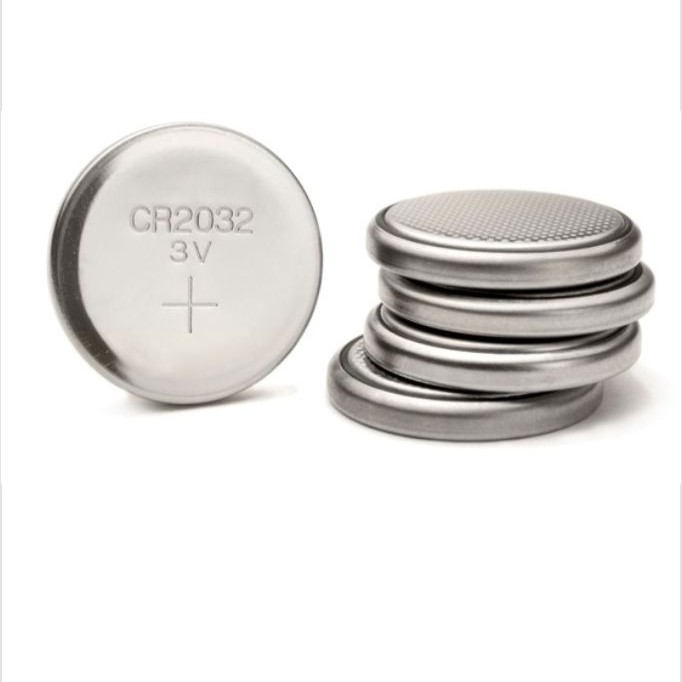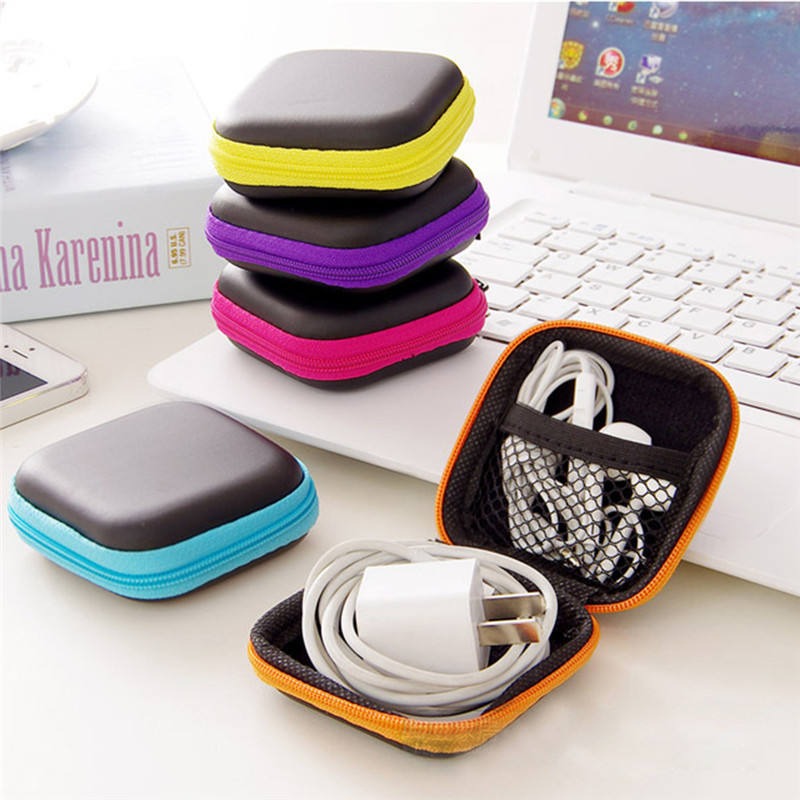Button batteries are small, round batteries commonly found in various household items, ranging from remote controls and toys to hearing aids and wristwatches. Despite their convenience, they pose significant safety risks, especially for young children and pets. In this article, we will explore practical tips to prevent button battery accidents at home, emphasizing how awareness and caution can protect your loved ones from potential harm.
Understanding the Risks of Button Batteries

- Ingestion Hazard: One of the most serious risks associated with button battery is ingestion. Children, especially those under the age of 6, may mistake these batteries for candy or small toys, leading to accidental swallowing. When a button battery is ingested, it can cause serious internal injuries, including chemical burns or even fatal injuries. Parents and caregivers need to be keenly aware of the locations where these batteries are used, ensuring that devices containing them are kept out of reach of small hands.
- Improper Disposal: Many households overlook the proper disposal of button batteries. Discarding them improperly can lead to environmental hazards and may expose children or pets to batteries that can still hold a charge. It is essential to follow local regulations regarding battery disposal and recycling. Moreover, educating family members about the importance of proper disposal can further reduce the risk of button battery accidents.
Secure Storage of Button Batteries

Securing button batteries is crucial to prevent accidents, particularly since these small batteries can pose serious risks, especially to children and pets. Here are some best practices for the secure storage of button batteries:
Use a Locked Container
- Store button batteries in a locked drawer, cabinet, or box that is out of reach of children. This will help to prevent accidental ingestion.
Keep Batteries in Their Original Packaging
- Whenever possible, keep button batteries in their original packaging until they are needed. The packaging often includes safety information and warnings.
Store in a Controlled Environment
- Keep batteries in a cool, dry place away from direct sunlight to minimize the risk of deterioration or leakage.
Avoid Mixing Batteries
- Do not mix different brands, types, or old and new batteries together. This can lead to leaks or even explosions due to differences in chemical composition.
Use Battery Holders
- Utilize specialized battery holders or organizers that keep batteries separated and away from conductive materials.
Label Storage Areas
- Clearly label containers or drawers where button batteries are stored. This helps in identifying them quickly and emphasizes their potential dangers.
Dispose of Expired Batteries Safely
- Follow local guidelines for battery disposal. Do not throw them in the regular trash, as this can pose environmental hazards.
Educate Family Members
- Teach all family members (especially children) about the dangers of button batteries and the importance of keeping them secured.
Supervise Use
- When using devices that require button batteries, supervise their use, particularly if children are involved, and ensure the devices are stored safely after use.
Install Safety Features
- If applicable, install child-proof locks on cabinets or drawers where batteries are stored.
By following these practices, you can significantly reduce the risks associated with button batteries and ensure a safer environment in your home.
Utilize Safety Products
There are several safety products available that can help mitigate the risks associated with button batteries. Consider using battery locks or secure compartments in electronic devices that house button batteries. Additionally, there are specialty battery covers specifically designed to prevent children from accessing batteries. These products are widely available and can serve as an added layer of protection. Make sure to conduct research on the best safety products for your home and ensure that all devices are equipped with adequate protection.
Dispose of Old Button Batteries Properly

Disposal of button batteries should never be taken lightly. Improperly discarded batteries can pose environmental hazards and encourage curious children to rummage through garbage looking for “treasures.” It’s vital to adhere to local guidelines and regulations regarding the disposal of batteries. Several areas offer designated drop-off points for hazardous waste, including batteries, to reduce risks. Make it a routine to collect used button batteries and dispose of them properly within these frameworks. Moreover, educating your family about the importance of proper battery disposal can instill lifelong habits that contribute to safety and environmental stewardship.
Safeguarding Your Home
- Childproofing with Safety Locks: Investing in safety locks for cabinets and drawers can significantly reduce the risk of children accessing items that contain button batteries. Ensure that all items that contain these batteries, such as toys, remote controls, and electronics, are stored securely, ideally in locked storage. This simple step can keep these hazardous items away from curious hands.
- Regular Home Inspections: Conducting regular inspections of your home can help identify and mitigate risks associated with button batteries. For instance, check for devices that may have loose battery compartments. Ensure that battery covers are functional and cannot be easily removed by a child. This proactive measure can prevent unexpected accidents and keep your environment safe.
Educating Family Members

- Awareness and Education: It is critical to educate all family members, including caregivers and older siblings, about the potential dangers of button batteries. Share information on what to do in case of ingestion, emphasizing the importance of seeking immediate medical attention. Creating a culture of safety at home, where everyone understands the risks and knows how to respond, can be a powerful deterrent against potential accidents.
- Modeling Safe Behavior: Children often learn by imitating adults. Therefore, practicing safe battery use in front of them can instill the same habits. Always handle devices that contain button batteries carefully, ensuring that they are closed and secured after changing batteries. By modeling this responsible behavior, guardians can help children develop an understanding of safety when it comes to button batteries.
Creating an Emergency Response Plan
- Knowing What to Do: In case of a button battery ingestion or other accidents, having a clear emergency response plan is vital. Inform all family members about the signs and symptoms to watch for, such as choking, difficulty breathing, or unusual behavior. Keep important contact numbers, including local poison control and the nearest hospital, easily accessible. In the event of an emergency, quick access to information can significantly improve outcomes.
- Emergency Kits: Consider preparing a designated emergency kit that includes essential supplies and materials specific to button battery-related incidents. This kit can contain items such as activated charcoal, information pamphlets, and tools needed for immediate assistance. Having this prepared and knowing its location can boost confidence in managing emergencies related to button batteries effectively.
Limit the Number of Devices with Button Batteries

Limiting the number of devices that use button batteries can help reduce safety hazards, environmental concerns, and resource waste. Here are some strategies to achieve this:
- Raise Awareness: Educate consumers about the potential hazards of button batteries, especially in households with young children or pets. Highlight the importance of responsible disposal.
- Promote Alternatives: Encourage manufacturers to develop devices that use rechargeable batteries or alternative power sources instead of button batteries. This can be supported through consumer demand and regulatory incentives.
- Regulation: Advocate for regulatory measures that either limit the number of button batteries in consumer products or require manufacturers to provide safer battery options.
- Design Improvements: Encourage manufacturers to redesign devices to use fewer button batteries or to incorporate features that make it difficult for children to access them.
- Product Labels: Recommend that retailers or manufacturers label products containing button batteries clearly, so consumers can make informed choices.
- Recycling Programs: Promote recycling programs specifically for button batteries, making it easier for consumers to dispose of them properly when they are no longer in use.
- Public Policy Initiatives: Support public policies that aim to reduce the overall use of hazardous materials, including button batteries, in consumer goods.
- Community Programs: Encourage local governments and organizations to run programs that focus on the safe disposal and recycling of button batteries and raise awareness of their environmental impact.
By implementing these strategies, it is possible to limit the use of button batteries in devices effectively.
Conclusion
Button batteries, while convenient, pose significant risks if not handled properly. By understanding the dangers associated with these batteries, implementing safety measures, educating family members, and preparing for emergencies, households can greatly reduce the likelihood of accidents. It’s essential to remain vigilant, proactive, and informed to keep our homes safe from the hidden dangers of button batteries. As the saying goes, “An ounce of prevention is worth a pound of cure.” If we all work together to mitigate these risks, we can ensure a safer environment for our families and pets.









